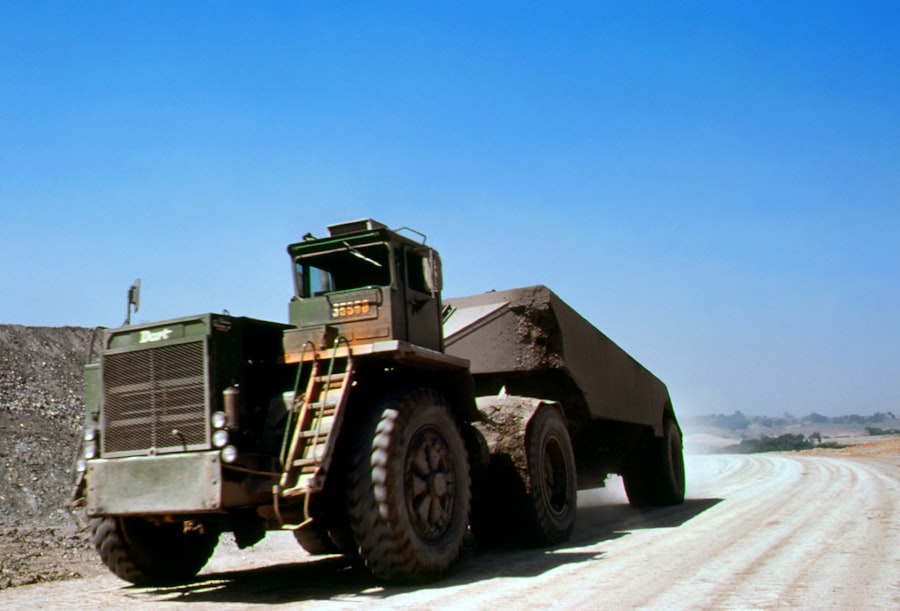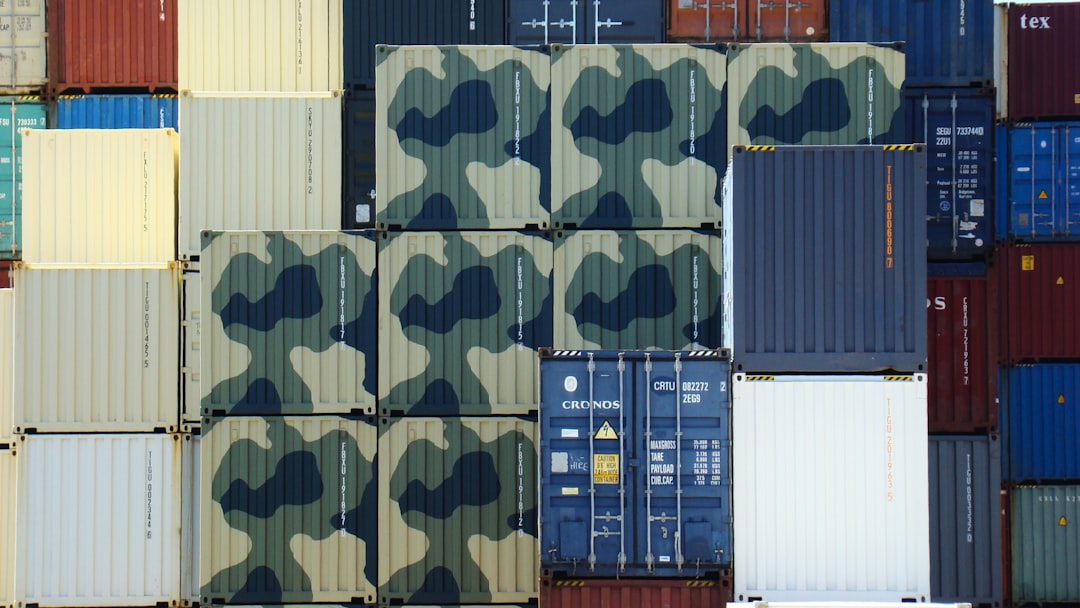Mountain warfare represents a unique and formidable aspect of military operations, characterized by the challenges posed by rugged terrain, extreme weather conditions, and the strategic advantages that high altitudes can provide. Historically, conflicts fought in mountainous regions have often turned the tide of battles, as the terrain can serve as both a natural fortress and a hindrance to conventional military tactics. The complexities of mountain warfare require specialized training, equipment, and strategies that differ significantly from those employed in flat or urban environments.
As nations continue to recognize the significance of mountainous regions in global geopolitics, understanding the intricacies of mountain warfare becomes increasingly vital. The significance of mountain warfare extends beyond mere physical challenges; it encompasses a range of tactical considerations that can influence the outcome of military engagements. The high ground has long been regarded as a strategic advantage, allowing forces to observe enemy movements and control key routes.
Moreover, the psychological impact of operating in such inhospitable environments can affect troop morale and effectiveness. As military operations evolve, the need for comprehensive knowledge about mountain warfare becomes essential for modern armed forces, particularly in an era where asymmetric warfare and unconventional tactics are prevalent.
Key Takeaways
- Mountain warfare presents unique challenges due to the rugged terrain and harsh environmental conditions.
- Military logistics is crucial in mountain warfare to ensure that troops are adequately supplied and supported.
- Operating in mountainous terrain poses challenges such as limited mobility, harsh weather, and lack of infrastructure.
- Supplying troops in remote and harsh environments requires specialized equipment and careful planning.
- Transportation and communication in mountain warfare are difficult due to the rugged terrain and limited infrastructure.
The Importance of Military Logistics in Mountain Warfare
In mountain warfare, military logistics plays a crucial role in ensuring that troops are adequately supplied and supported throughout their operations. The logistical challenges inherent in mountainous terrain are multifaceted, requiring careful planning and execution to maintain operational effectiveness. From the transportation of personnel and equipment to the provision of food, ammunition, and medical supplies, logistics serves as the backbone of any successful military campaign in such environments.
The ability to adapt logistical strategies to the unique demands of mountain warfare can mean the difference between victory and defeat. Effective military logistics in mountainous regions involves not only the movement of resources but also the establishment of supply lines that can withstand the rigors of harsh weather and difficult terrain. This often necessitates the use of specialized vehicles and pack animals capable of navigating narrow trails and steep inclines.
Additionally, forward operating bases must be strategically positioned to facilitate resupply efforts while minimizing exposure to enemy fire. The integration of advanced technology, such as drones for reconnaissance and supply delivery, has also become increasingly important in enhancing logistical capabilities in these challenging environments.
Challenges of Operating in Mountainous Terrain

Operating in mountainous terrain presents a myriad of challenges that can hinder military effectiveness. The elevation itself can pose significant obstacles, as troops must acclimatize to thinner air and lower oxygen levels, which can lead to altitude sickness. This physiological challenge can impair physical performance and decision-making abilities, making it essential for military personnel to undergo rigorous training before deployment in such environments.
Navigating the terrain is another critical challenge faced by military forces engaged in mountain warfare. Steep slopes, rocky outcrops, and dense vegetation can impede movement and limit visibility, making it difficult for troops to maneuver effectively.
Traditional tactics may need to be adapted or entirely rethought to account for these geographical constraints. Additionally, the risk of landslides or avalanches adds an element of unpredictability that commanders must consider when planning operations. The combination of these factors necessitates a high level of adaptability and resilience among troops operating in mountainous environments.
Supplying Troops in Remote and Harsh Environments
| Metrics | 2019 | 2020 | 2021 |
|---|---|---|---|
| Number of remote outposts supplied | 120 | 130 | 140 |
| Distance traveled for resupply missions (miles) | 500,000 | 550,000 | 600,000 |
| Number of resupply missions | 300 | 320 | 340 |
| Percentage of successful resupply missions | 95% | 96% | 97% |
Supplying troops in remote and harsh mountainous environments is a logistical challenge that requires innovative solutions and meticulous planning. The isolation often found in these regions means that traditional supply routes may be impractical or entirely inaccessible. As a result, military planners must explore alternative methods for delivering essential supplies to frontline units.
This may involve utilizing helicopters for air drops or employing specialized ground vehicles designed for rugged terrain. In some cases, troops may need to rely on local resources or establish temporary supply depots closer to their operational areas. The importance of maintaining a steady flow of supplies cannot be overstated.
Troops engaged in mountain warfare require not only food and water but also ammunition, medical supplies, and equipment maintenance materials. The harsh conditions can quickly deplete resources, making it imperative for logistics teams to anticipate needs and respond proactively. Establishing reliable communication channels between supply units and frontline troops is essential for ensuring that resources are delivered promptly and efficiently.
In this context, adaptability becomes a key asset, as logistics personnel must be prepared to adjust their plans based on changing circumstances on the ground.
Transportation and Communication Challenges in Mountain Warfare
Transportation in mountainous regions is fraught with challenges that can significantly impact military operations. The rugged terrain often limits the use of conventional vehicles, necessitating the use of specialized transport methods such as all-terrain vehicles or pack animals like mules and horses. These alternatives may be slower but are often more effective at navigating narrow trails and steep inclines where traditional vehicles would struggle.
Additionally, the limited infrastructure in remote areas can complicate transportation efforts, requiring innovative solutions to ensure that troops receive necessary supplies. Communication is equally challenging in mountainous warfare due to the natural barriers that can obstruct signals and hinder coordination between units. The reliance on radio communications may be compromised by terrain features that block line-of-sight transmissions.
As a result, military forces must employ a combination of communication methods, including satellite communications and messenger systems, to maintain contact with command centers and other units. Establishing clear communication protocols is vital for ensuring that information flows smoothly between different levels of command, enabling timely decision-making and effective coordination during operations.
Specialized Equipment and Gear for Mountain Operations

The unique demands of mountain warfare necessitate specialized equipment and gear tailored to the challenges posed by rugged terrain and extreme weather conditions. Soldiers operating in these environments require clothing designed for insulation and moisture-wicking properties to combat cold temperatures and wet conditions.
Beyond personal gear, specialized equipment plays a critical role in enhancing operational effectiveness in mountainous regions. This includes climbing gear such as ropes, harnesses, and ice axes for traversing steep slopes or icy surfaces. Advanced navigation tools like GPS devices are essential for ensuring that troops can accurately determine their location amidst challenging topography.
Furthermore, portable shelters designed for rapid deployment can provide essential protection against harsh weather conditions while allowing troops to maintain operational readiness.
Medical Support and Evacuation in Mountain Warfare
Medical support in mountain warfare presents unique challenges due to the remote nature of operations and the difficulties associated with evacuating injured personnel from rugged terrain. Accessing medical care can be complicated by steep slopes and limited transportation options, making it imperative for military units to have trained medics on-site who can provide immediate care in emergencies. These medics must be equipped with portable medical kits containing essential supplies to address common injuries encountered in mountainous environments.
Evacuating injured personnel from remote locations requires careful planning and coordination between ground units and medical evacuation teams. In many cases, helicopters are employed for airlifting casualties from difficult-to-reach areas; however, adverse weather conditions can complicate these efforts. Ground evacuation may also be necessary when air support is unavailable or impractical.
In such instances, stretcher teams trained in mountain rescue techniques must navigate challenging terrain while ensuring the safety of both the injured personnel and themselves.
Maintenance and Repair of Equipment in Mountainous Terrain
The maintenance and repair of equipment used in mountain warfare is critical for sustaining operational effectiveness amidst challenging conditions. Harsh weather, rough terrain, and prolonged use can lead to wear and tear on vehicles, weapons systems, and communication devices. Military units must establish maintenance protocols that account for these factors while ensuring that equipment remains functional throughout operations.
Field maintenance teams play a vital role in addressing equipment issues on-site, often requiring specialized training to perform repairs under adverse conditions. These teams must be equipped with portable tools and spare parts that allow them to conduct repairs quickly and efficiently without compromising operational security. Additionally, regular inspections are necessary to identify potential issues before they escalate into more significant problems that could hinder mission success.
The Role of Helicopters and Aerial Support in Mountain Warfare
Helicopters play an indispensable role in mountain warfare by providing rapid mobility, logistical support, and medical evacuation capabilities that are crucial for success in challenging environments. Their ability to access remote locations quickly allows military forces to bypass difficult terrain that would otherwise impede ground transportation efforts. Helicopters can deliver supplies directly to frontline units or conduct air drops when necessary, ensuring that troops remain well-equipped even in isolated areas.
Aerial support also extends to reconnaissance missions, where helicopters equipped with advanced surveillance technology can gather intelligence on enemy positions without exposing ground troops to unnecessary risk. This capability enhances situational awareness for commanders on the ground, enabling them to make informed decisions based on real-time information. Furthermore, helicopters are vital during medical evacuations; they provide a swift means of transporting injured personnel to medical facilities while minimizing delays caused by difficult terrain.
Planning and Coordination for Mountain Operations
Effective planning and coordination are paramount for successful military operations in mountainous regions. Commanders must consider a multitude of factors when developing operational plans, including terrain analysis, weather forecasts, logistical requirements, and troop capabilities. Thorough reconnaissance missions are essential for gathering intelligence about potential obstacles or enemy positions that could impact operations.
Coordination among various units is equally important; successful mountain operations often involve collaboration between infantry, logistics teams, medical personnel, and aerial support units. Establishing clear lines of communication ensures that all elements work together seamlessly toward a common objective. Regular briefings help keep all personnel informed about changes in plans or emerging challenges on the battlefield.
The Future of Military Logistics in Mountain Warfare
As global conflicts increasingly shift toward mountainous regions characterized by complex terrains and harsh climates, the future of military logistics in mountain warfare will require continued innovation and adaptation. Advances in technology will play a pivotal role in enhancing logistical capabilities; from improved transportation methods to sophisticated communication systems designed specifically for challenging environments. Moreover, ongoing training programs focused on mountain warfare will ensure that military personnel are well-prepared to face the unique challenges posed by these terrains.
As nations invest in research and development aimed at improving equipment designed for mountain operations—such as lightweight materials for gear or enhanced mobility solutions—the effectiveness of military logistics will continue to evolve. Ultimately, understanding the intricacies of mountain warfare logistics will be essential for modern armed forces seeking to maintain operational readiness in an ever-changing global landscape. By prioritizing adaptability, innovation, and collaboration among various military branches, nations can enhance their capabilities in this critical area of warfare while ensuring that their troops are equipped to succeed against any challenge presented by mountainous terrains.
In the challenging terrain of mountain warfare, military logistics play a crucial role in ensuring the success of operations. The complexities of transporting supplies, equipment, and personnel through rugged landscapes require meticulous planning and innovative solutions. An insightful article on this topic can be found on MyGeoQuest, which delves into the strategies and technologies employed to overcome these logistical challenges. For more detailed information, you can read the related article on military logistics in mountain warfare by visiting MyGeoQuest.
WATCH THIS! The Hidden Reason No One Can Invade America | A Geographical Analysis
FAQs
What is military logistics in mountain warfare?
Military logistics in mountain warfare refers to the planning, coordination, and execution of the movement and sustainment of military forces operating in mountainous terrain. It involves the supply of troops with food, water, ammunition, and other essential supplies, as well as the maintenance and repair of equipment in challenging mountain environments.
What are the challenges of military logistics in mountain warfare?
Military logistics in mountain warfare presents several challenges, including difficult terrain that can impede the movement of supplies and equipment, extreme weather conditions that can affect transportation and storage, and the need for specialized equipment and training to operate effectively in mountainous environments.
How do military forces address logistics challenges in mountain warfare?
Military forces address logistics challenges in mountain warfare by employing specialized tactics, techniques, and procedures tailored to the unique demands of mountainous terrain. This may include the use of pack animals, helicopters, and specialized mountain warfare units to transport supplies and equipment, as well as the pre-positioning of supplies at key locations to support operations in remote mountain areas.
What role does technology play in military logistics in mountain warfare?
Technology plays a crucial role in military logistics in mountain warfare by enabling the use of advanced transportation and communication systems to overcome the challenges of operating in mountainous terrain. This may include the use of GPS navigation, satellite communication, and ruggedized equipment designed to withstand the harsh conditions of mountain warfare.
Why is military logistics important in mountain warfare?
Military logistics is important in mountain warfare because it directly impacts the ability of military forces to sustain operations in challenging mountain environments. Effective logistics support is essential for ensuring that troops have the supplies and equipment they need to operate effectively and maintain their combat readiness in mountain warfare scenarios.
